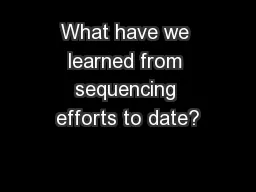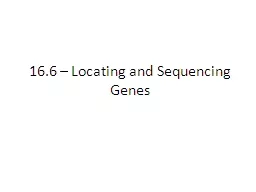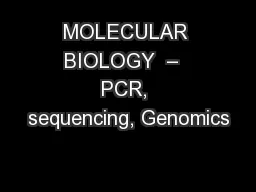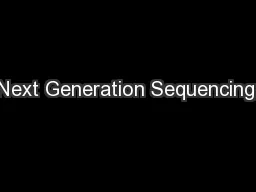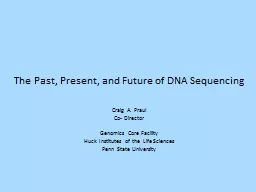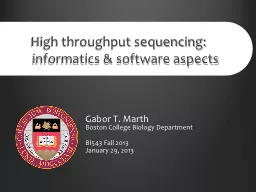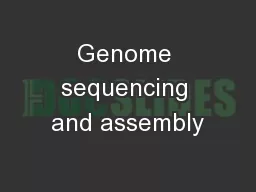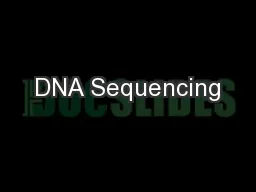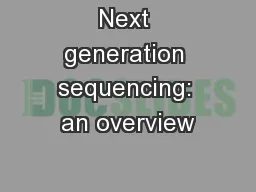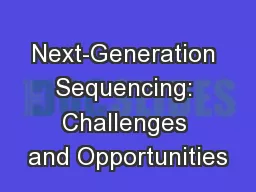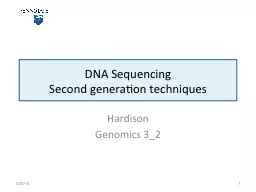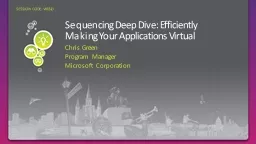PPT-What have we learned from sequencing efforts to date?
Author : alexa-scheidler | Published Date : 2016-08-06
Jared Decker Assistant Professor Beef Genetics Specialist Computational Genomics By the July of 2015 costs 0015 to sequence 1 million base pairs September 2001 costs
Presentation Embed Code
Download Presentation
Download Presentation The PPT/PDF document "What have we learned from sequencing eff..." is the property of its rightful owner. Permission is granted to download and print the materials on this website for personal, non-commercial use only, and to display it on your personal computer provided you do not modify the materials and that you retain all copyright notices contained in the materials. By downloading content from our website, you accept the terms of this agreement.
What have we learned from sequencing efforts to date?: Transcript
Download Rules Of Document
"What have we learned from sequencing efforts to date?"The content belongs to its owner. You may download and print it for personal use, without modification, and keep all copyright notices. By downloading, you agree to these terms.
Related Documents

